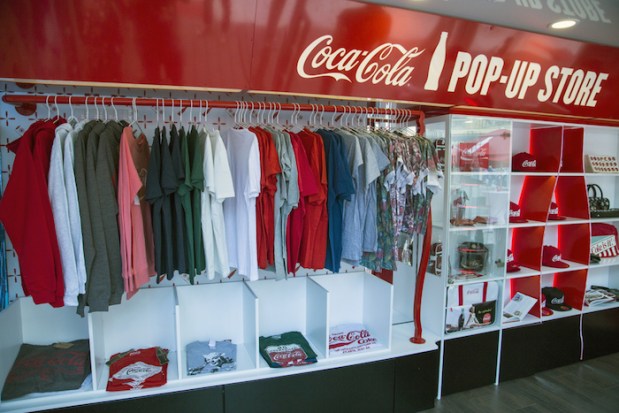Pop-Up Shops Show The Flexibility Consumers Want

A decade ago, Etsy was the only way that some small-scale crafts makers and artisans could participate in the eCommerce world. Now, however, the pop-up shop is quickly enshrining itself as the preferred way for emerging brands to bring their wares quickly and efficiently to market.
The New York Times has the story of how several brands with small-to-nonexistent physical footprints are using the phenomenon of the pop-up shop to make big waves in areas only traditional retail proved able to until a few years ago. From handmade apparel designed by refugees in war zones to jewelry inspired by international travel, items that consumers perceive as stripped of their authentic values when rushed through regular supply lines can now linger outside of the market until small business owners decide the time is right for another temporary flash sale.
“It’s more lucrative to stay out of the game and approach it in an artisan style,” Catherine Nicole, a jewelry designer and pop-up shop adherent, told NYT. “It leads to sticky customers.”
Nicole explained that not only do occasional sales make more sense for her brand from an emotional perspective but it also means that her products aren’t lost in the shuffle of a larger brand’s offerings if she decided to sign on with a larger retailer. Then, Catherine Nicole jewelry would be just another item on a department store rack, instead of the focal point of a smaller, more intimate pop-up shop, where she can pick the location, such as an Austin bar the week before Valentine’s Day, and the amenities on the periphery, such as masseuses and boutique chocolate sellers.
“I can’t compete with Forever 21’s prices or David Yurman’s notoriety,” Nicole said. “But I can show my customers that I value them. They don’t want to walk into a store and be treated like nobodies.”
